(Xcode6, iOS8, Swift, iPad)
I am trying to create a classic Web-like modal view, where the outside of the dialog box is "grayed-out." To accomplish this, I've set the alpha value of the backgroundColor of the view for the modal to 0.5, like so:
self.view.backgroundColor = UIColor.blackColor().colorWithAlphaComponent(0.5)
The only problem is that when the modal becomes full-screen, the presenting view is removed. (Ref Transparent Modal View on Navigation Controller).
(A bit irritated at the concept here. Why remove the underlying view? A modal is, by definition, to appear atop other content. Once the underlying view is removed, it's not really a modal anymore. it's somewhere between a modal and a push transition. Wa wa wa... Anyway..)
To prevent this from happening, I've set the modalPresentationStyle to CurrentContext in the viewDidLoad method of the parent controller, and in Storyboard... but no luck.
self.modalPresentationStyle = UIModalPresentationStyle.CurrentContext
self.navigationController.modalPresentationStyle = UIModalPresentationStyle.CurrentContext
How do I prevent the presenting view from being removed when the modal becomes full screen?
tyvm.. more info below.
Also in Storyboard, like so (Presentation: Current Context)

Thx for your help... documentation below:

